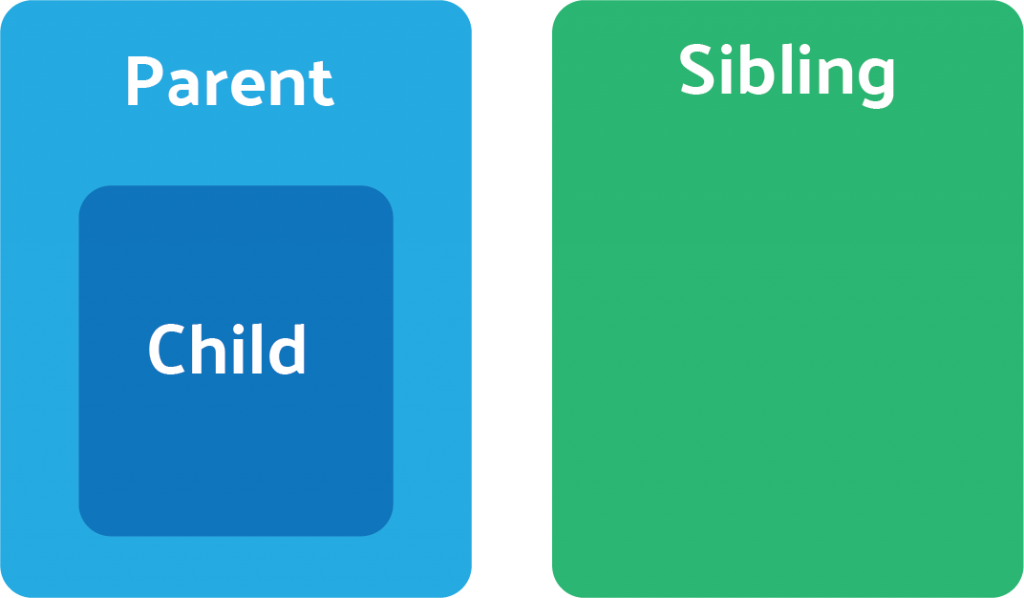Component in Angular | by ByteCode Pandit
Components
Components are the very basic building block UI element in angular applications. They are directives with a special decorator (@Component) and template. Component decorator allows you to mark a class as an Angular component and provide additional metadata that determines how the component should be processed, instantiated, and used at runtime. Below is an example of a basic component:
import { Component } from '@angular/core';@Component({
selector: 'hello-component',
templateUrl: './hello-component.html',
styleUrls: ['./hello-component.css']
})
class Greet {
public name: string = 'Component';
}
You can easily use this component anywhere in the application buys just including like this <hello-component></hello-component>.
Component Life Cycle hooks
Components can control their run-time behaviour by implementing various Life-Cycle hooks. The main life-cycle are following.
ngOnChanges: Respond when Angular sets or resets data-bound input properties.
ngOnInit: Initialize the directive or component after Angular first displays the data-bound properties and set the directive or component's input properties.
ngDoCheck: Detect and act upon changes that Angular can't or won't detect on its own.
ngAfterContentInit: Respond after Angular projects external content into the component's view, or into the view that a directive is in.
ngAfterContentChecked: Respond after Angular checks the content projected into the directive or component.
ngAfterViewInit: Respond after Angular initializes the component's views and child views, or the view that contains the directive.
ngAfterViewChecked: Respond after Angular checks the component's views and child views, or the view that contains the directive
ngOnDestroy: Cleanup just before Angular destroys the directive or component. Unsubscribe Observables and detach event handlers to avoid memory leaks.
Components relationship
Sharing data between components
Parent to Child: The easiest way to pass data from parent to child is to use the @Input binding which allows data to be shared via the template like below:
//parent.component.tsimport { Component } from '@angular/core';
import { ChildComponent } from './child.component';@Component({
selector: 'parent-component',
template: `
<child-component [messageToChild]="parentMessage">
</child-component>
`,
styleUrls: ['./parent.component.css']
})
export class ParentComponent {
parentMessage = "message from parent";
constructor() {};
}
//child.component.tsimport { Component } from '@angular/core';
import { ParentComponent } from './parent.component';@Component({
selector: 'child-component',
template: `
{{ childMessage }}
`,
styleUrls: ['./parent.component.css']
})
export class ChildComponent {
@Input() childMessage: string;
constructor() {};
}
import { Component, Output, EventEmitter } from '@angular/core';
import { ChildComponent } from './child.component';@Component({
selector: 'child-component',
template: `
<button (click)="sendMessageToParent()">
Send Message To Parent
</button>
`,
styleUrls: ['./child.component.css']
})
class ChildComponent {
@Output() messageFromChild = new EventEmitter();
sendMessageToParent() {
this.messageFromChild.emit('Message from child');
}
}
@Component({
selector: 'parent-component',
template: `
<child-component (messageFromChild)="onMessageRecieved($event)">
</child-component>
`,
styleUrls: ['./parent.component.css']
})
class ParentComponent {
onMessageRecieved(event) {
console.log(event);
}
}
//data.service.tsimport { Injectable } from '@angular/core';@Injectable()
export class DataService {
}
//componentA.component.tsimport { Component } from '@angular/core';
import { DataService } from './data.service';@Component({
...
...
})
export Class ComponentA {
constructor(public dataService: DataService) {} get data():string {
return this.dataService.serviceData();
} set data(value: string) {
this.dataService.setDate = value;
}
}//componentB.component.tsimport { Component } from '@angular/core';
import { DataService } from './data.service';@Component({
...
...
})
export Class ComponentB {
constructor(public dataService: DataService) {} get data():string {
return this.dataService.serviceData();
} set data(value: string) {
this.dataService.setDate = value;
}
}
Thanks for your kind attention, pls share and comment if you like this post !!





Comments
Post a Comment